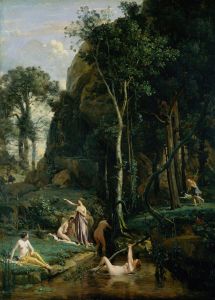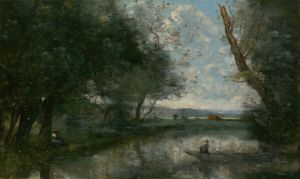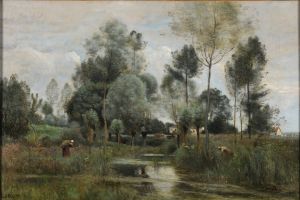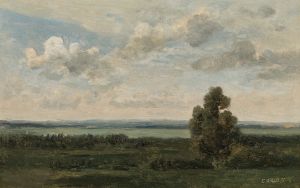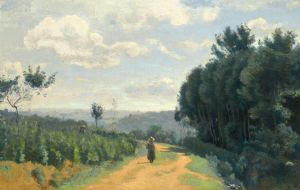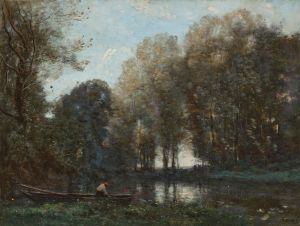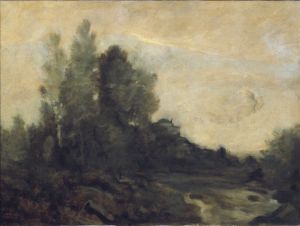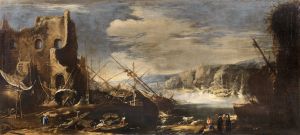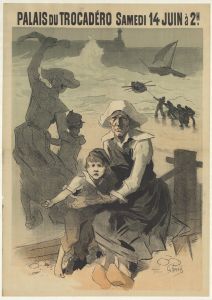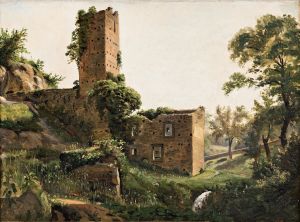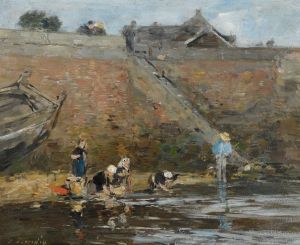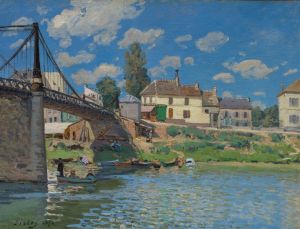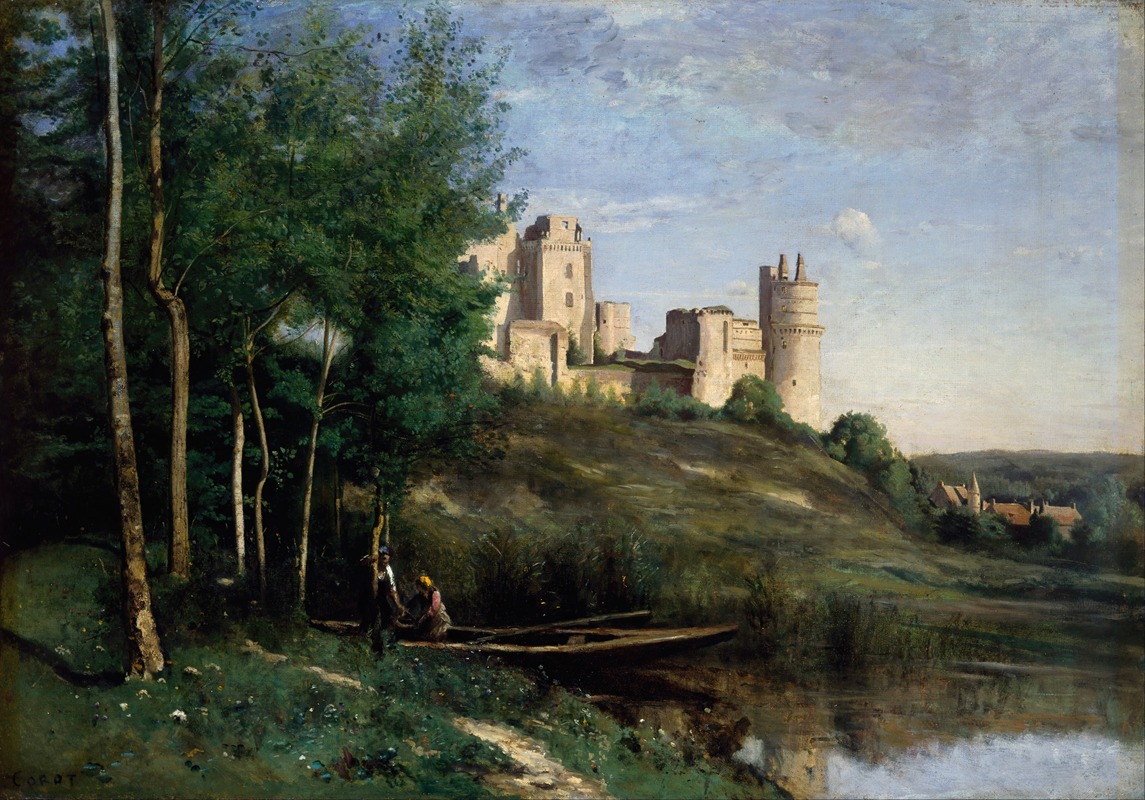
Ruins of the Château de Pierrefonds
A hand-painted replica of Jean-Baptiste-Camille Corot’s masterpiece Ruins of the Château de Pierrefonds, meticulously crafted by professional artists to capture the true essence of the original. Each piece is created with museum-quality canvas and rare mineral pigments, carefully painted by experienced artists with delicate brushstrokes and rich, layered colors to perfectly recreate the texture of the original artwork. Unlike machine-printed reproductions, this hand-painted version brings the painting to life, infused with the artist’s emotions and skill in every stroke. Whether for personal collection or home decoration, it instantly elevates the artistic atmosphere of any space.
Jean-Baptiste-Camille Corot, a prominent French landscape painter of the 19th century, is renowned for his contributions to the Barbizon School and his influence on the Impressionist movement. One of his notable works is "Ruins of the Château de Pierrefonds," which captures the essence of a historical site in France with his characteristic style that blends realism with a poetic sensibility.
The Château de Pierrefonds, located in the Oise department of France, has a storied history dating back to the 12th century. Originally constructed as a medieval fortress, it underwent significant transformations over the centuries. By the time Corot painted it, the château was in a state of ruin, having been dismantled in the 17th century by order of Cardinal Richelieu during the reign of King Louis XIII. These ruins became a subject of fascination for artists and romantics alike, symbolizing the passage of time and the remnants of history.
Corot's painting of the ruins reflects his deep appreciation for nature and historical architecture. He was known for his ability to capture the atmospheric effects of light and shadow, and in this work, he skillfully portrays the interplay between the crumbling stone structures and the surrounding landscape. The painting is characterized by its soft, muted tones and delicate brushwork, which evoke a sense of tranquility and nostalgia.
Corot's approach to painting was innovative for his time. He often worked en plein air, or outdoors, to directly observe and capture the natural environment. This method allowed him to infuse his landscapes with a sense of immediacy and authenticity. In "Ruins of the Château de Pierrefonds," Corot's attention to detail and his ability to convey the mood of the scene are evident. The ruins are depicted with a sense of grandeur and melancholy, set against a backdrop of lush greenery and an expansive sky.
The painting is also notable for its composition. Corot employs a balanced arrangement of elements, guiding the viewer's eye through the scene. The ruins are positioned prominently in the foreground, drawing attention to their intricate architectural features. Meanwhile, the surrounding trees and vegetation frame the composition, creating a harmonious integration between the man-made and natural elements.
Corot's work had a significant impact on the development of landscape painting. His ability to capture the transient effects of light and atmosphere influenced a generation of artists, including the Impressionists, who would later expand upon his techniques. "Ruins of the Château de Pierrefonds" exemplifies Corot's mastery of landscape painting and his ability to imbue his works with a sense of timeless beauty.
Today, Corot's paintings are celebrated for their lyrical quality and their contribution to the evolution of modern art. "Ruins of the Château de Pierrefonds" remains a testament to his skill as an artist and his deep connection to the French landscape. The painting not only captures a historical moment but also invites viewers to reflect on the enduring relationship between nature, history, and art.





